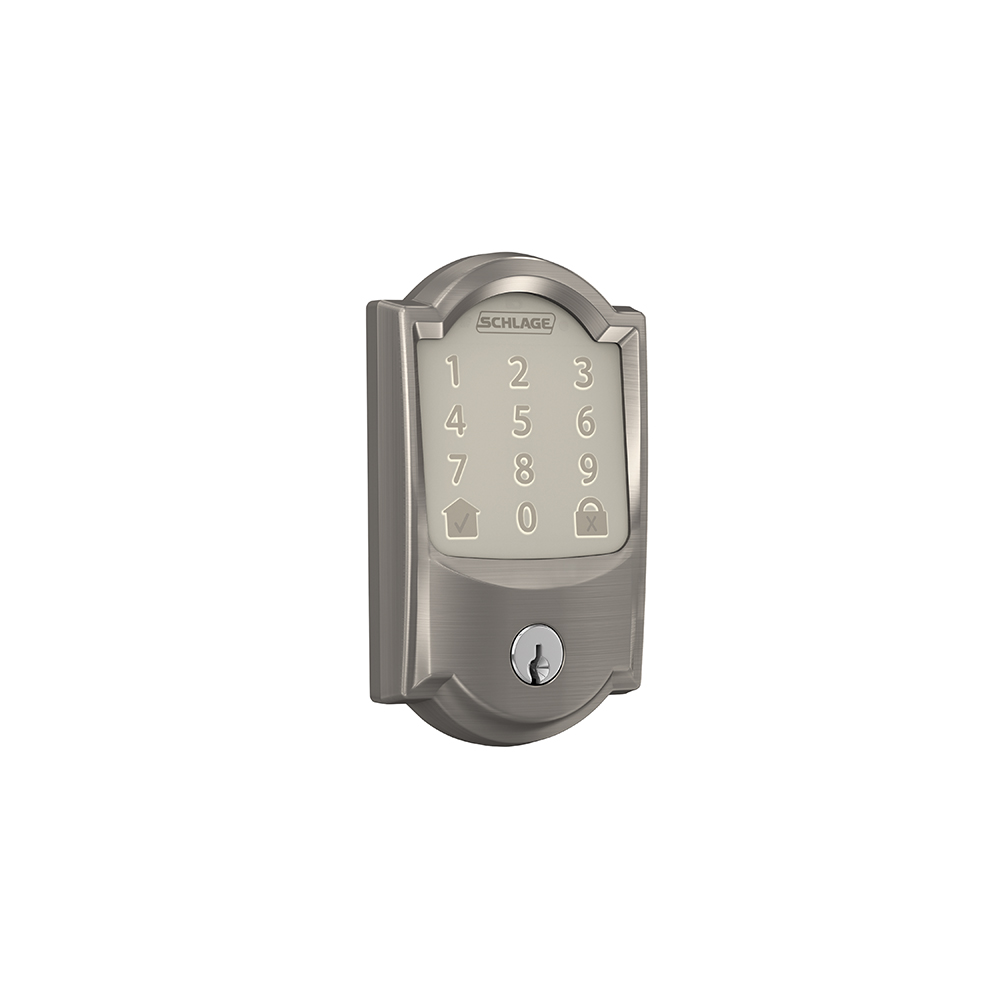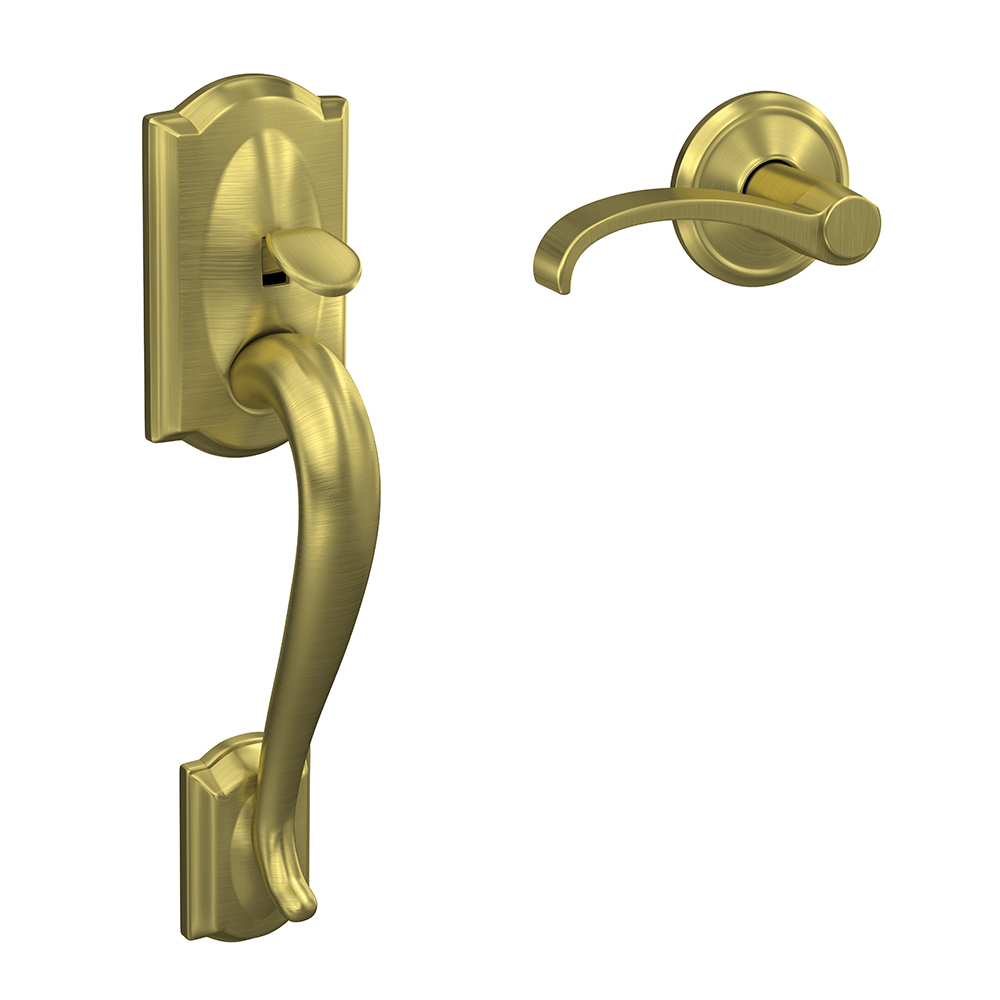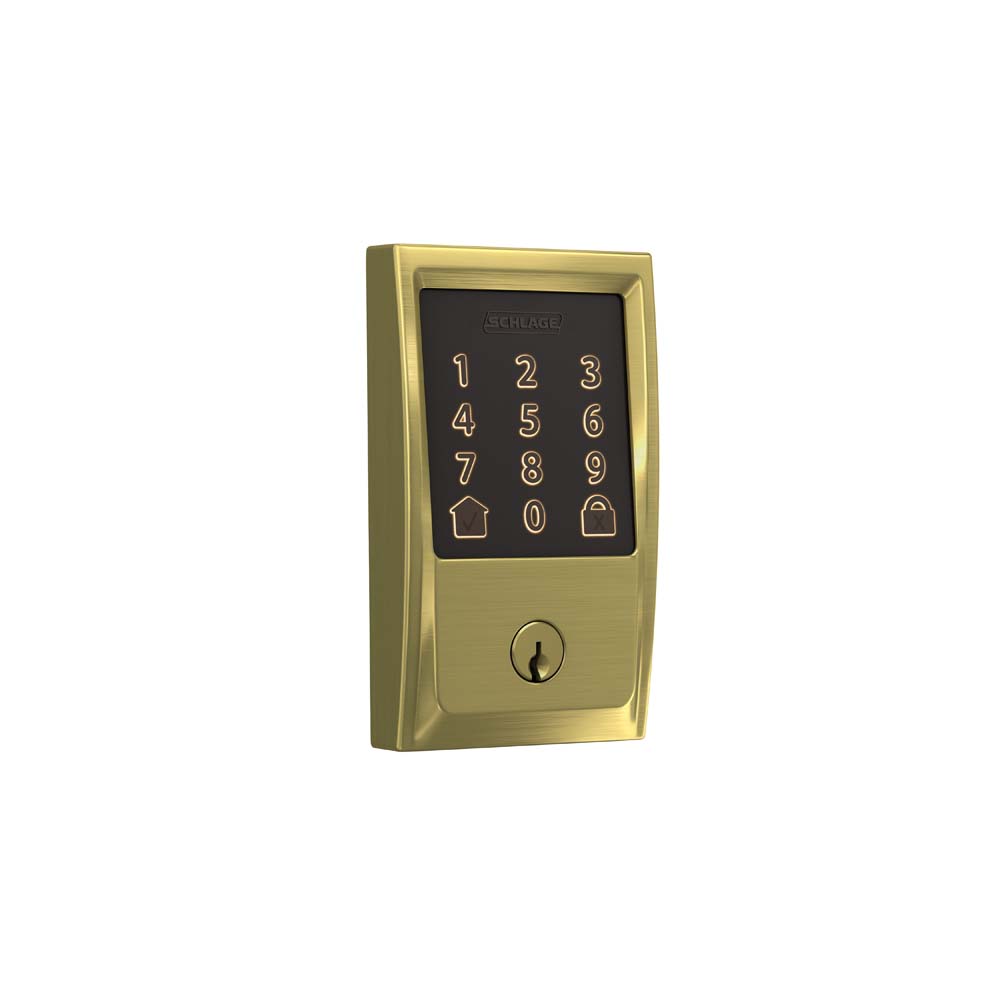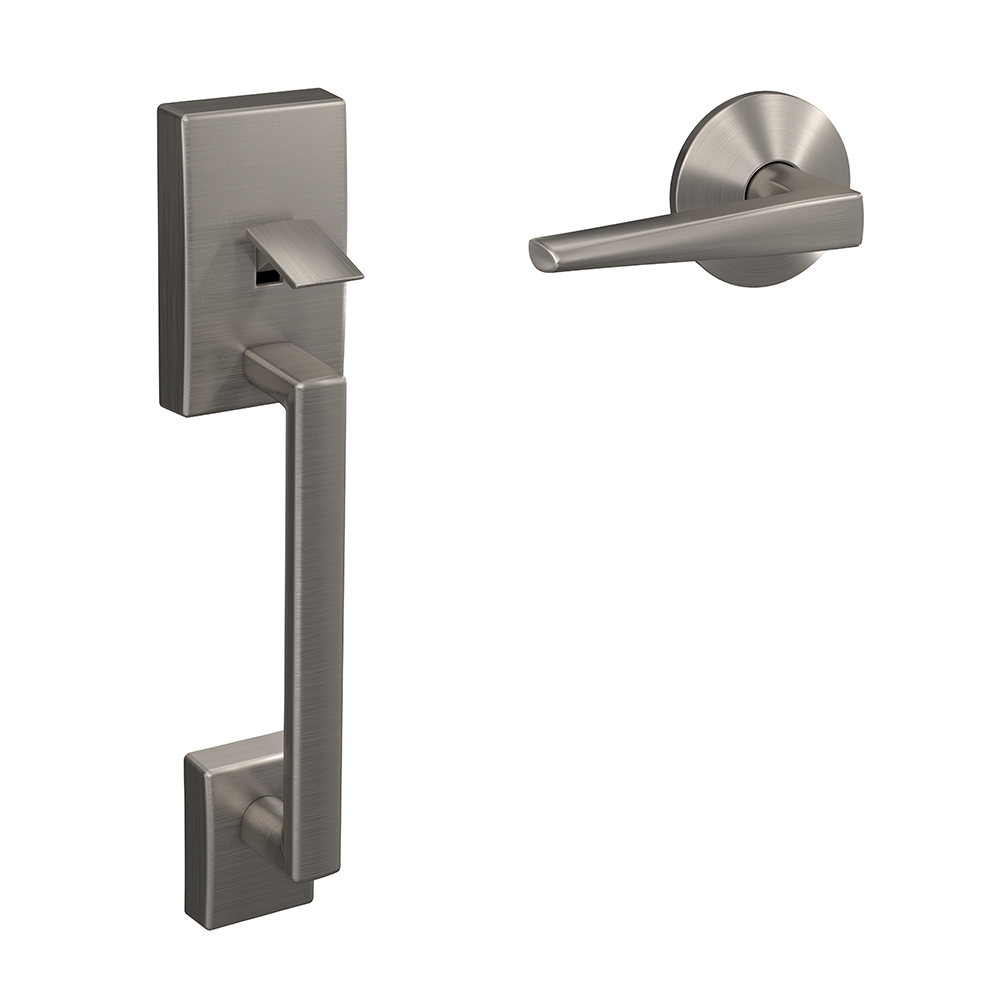4 simple ways to retrofit your home for energy efficiency.
Friday, January 14, 2022
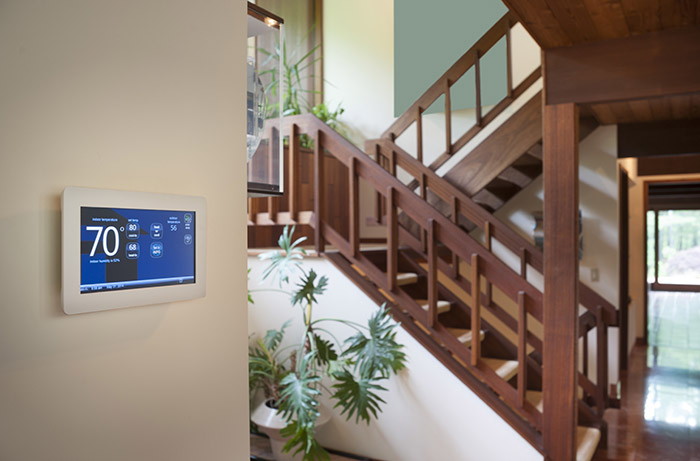
1. Maintain or upgrade major appliances
Major appliances – refrigerators, stoves, washers and dryers – can put massive amounts of stress on the electric grid. Not only are the large, often requiring a lot of power to function, but some may be on all the time. Your fridge doesn’t just quit working (thankfully) because you aren’t actively cooking.
Upgrade your appliances to newer versions. Even if they aren’t a high-end, super-efficient appliance, one made in the last few years will still run more efficiently than one from the 1980s. You don’t need to replace all the appliances at once, either. If your budget means you have to gradually upgrade over time, prioritize the oldest appliances or those that get the most use and are more likely to wear down quickly.
All appliances – new and old – should be maintained properly to keep them running efficiently.
Refrigerator
Remove dust from the coils – yes, that means pulling it away from the wall – especially if you have pets where hair and more grime can collect, causing your fridge to run less efficiently. Check the door’s seal. If a piece of paper closed in the door pulls out easily, it’s time to replace the gasket. Set your refrigerator’s temperature to 40 degrees Fahrenheit. This is sufficient to keep your food safe, according to the FDA, and will help reduce energy use. Need other ideas? Turn off the automatic ice maker, place the fridge in a cool space away from heat sources like the stove and keep it organized so you can find things more quickly without leaving the door open.
Dishwasher
Good Housekeeping has some excellent tips for keeping your dishwasher clean, because if it’s gross, your dishes will be too, and then you’ll be stuck wasting more energy and water washing everything again by hand. In short, gently scrub the rubber seal around the door, wash the filter beneath the spray arm and, every once in a while, give it a thorough cleaning with vinegar and baking soda.
Oven, stove and range
Those food crumbs, drips and splatters on the inside of your oven, on your cooktop and under the range hood are more than just a little bit disgusting. They also keep your appliances from working efficiently. The oven won’t heat as quickly, and your range hood can’t ventilate properly with dirt and grime in the way.
Washing machine
Because the most energy-efficient washers typically only use warm or cold water, you may find you get more residue and mildew buildup around your washer’s interior and rubber seals. Be diligent about cleaning it to keep the machine in good working condition, maintaining its efficiency.
Dryer
Clean the lint trap and air vents regularly. This improves air circulation so your clothes dry faster. As an added bonus, it can also cut down on fire risk. You’ll also want to clean the moisture sensors so that they can accurately determine when a load is dry, signaling the machine to turn off.
Smart appliances can help make your home more energy efficient. ENERGY STAR, for example, points out that a smart refrigerator can send you an alert if the door is left open or lets you look inside without opening the door, perfect for when you can’t decide on a snack or just need to see if you need to buy more eggs.
If you’d rather not connect your appliances to the Internet of Things (IoT), or if you aren’t able to upgrade to a smart appliance just yet, go the old-fashioned route and be more energy efficient by modifying your habits. Run your dishwasher and do laundry at times when your electricity rates are lowest. This puts less strain on the grid and your wallet. Air dry your clothes when you can. And never run a load of wash – clothes or dishes – unless it’s full.
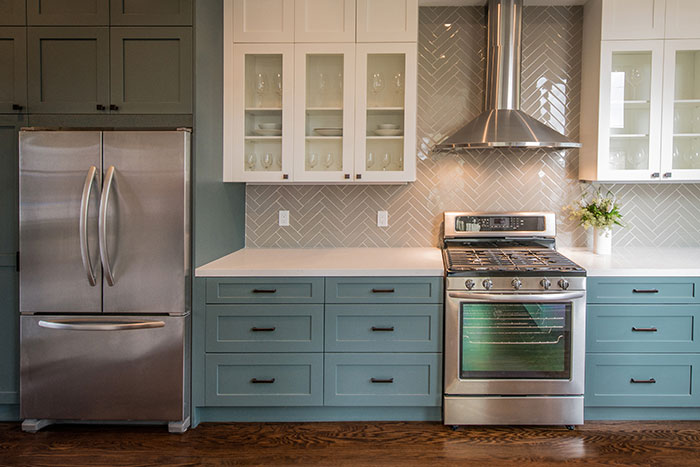
2. Rethink your water heater
Think of all the times you need hot water. Showering, washing your hands, cooking, cleaning the house all require at least warm water, and heating it up can be an energy suck. To make an existing water heater more efficient, start by turning down the thermostat. The default temperature of about 130 degrees Fahrenheit is too hot for skin anyway. Reducing it just 10 degrees can conserve unexpectedly high amounts of energy and money.
Also consider insulating your water tank and pipes to reduce heat loss before it even reaches the faucet. And keep an eye on sediment buildup at the bottom of your tank. Especially if your area has hard water, you’ll get crystallized minerals that slow down the water heater and undermine its efficiency.
If you’re looking to upgrade to a more efficient water heater, you have lots of options. First look for ENERGY STAR ratings as ENERGY STAR-certified water heaters can use 50% less energy than other models. Also, you might want a tankless water heater. These tend to be more energy efficient because they only warm up the water you need, when you need it. Other, more traditional models spend a lot of energy heating water and keeping it warm until you’re ready for it.
Whatever kind of water heater you decide on, make sure it’s the right size for your home. Too large and you’re using energy unnecessarily. Too small, and you’ll make the water heater work overtime, which isn’t good for the appliance or the electric grid, either.
Looking for more of those old-fashioned solutions? Switch your washing machine from hot water to warm or even cold, which can reduce energy consumption by about half. Take shorter showers and turn the faucet off when you aren’t using it, like when loading the dishwasher.
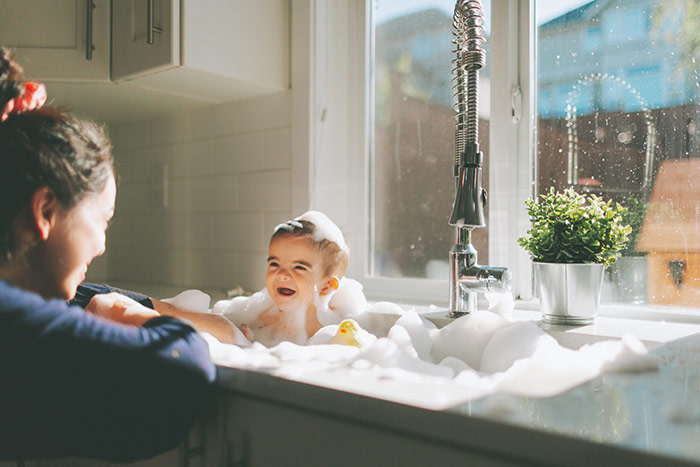
3. Help your HVAC work smarter, not harder
In the typical American household, heating and cooling a space makes up 40-50% of the home’s energy use with most of that going toward heating. The first and easiest step toward reducing that energy use is with good maintenance. Change the filter in your HVAC system about every three months. Also, learn the signs of a failing or inefficient system. These include strange smells when it turns on, little air or the not right kind of air – cold air when you have the heat on and vice versa – blowing from the vents, excessive running time and fluid leaks around the unit.
If you’re looking to upgrade your HVAC system, consider a multi-stage system. Unlike single-stage systems that run at full capacity all the time, multi-stage systems vary their output. They might still be operating at full capacity during the hottest and coldest days of the year, but in between? They’re conserving energy.
You’ll also want to pay attention to Annual Fuel Utilization Efficiency (AFUE) ratings when looking for a new heating system. For the best efficiency, look for units with ratings in the 80s and 90s, meaning they convert 80 to 90 percent of the fuel they use into heat.
The best cooling systems vary widely depending on how big your home is and your region’s climate. Regardless, look for cooling systems with a Seasonal Energy Efficiency Rating (SEER) of at least 13.

4. Know when to unplug small electronics
Small electronics have become so common in our lives, we’ve essentially become blind to them. When you’re done charging your phone overnight, do you unplug the charger from the wall or just leave it until the next evening? Do you unplug your TV when you aren’t watching it or your laptop when you’ve finished reading emails?
It’s best to unplug devices when not in use so they aren’t drawing what’s commonly referred to as phantom energy. But let’s be honest. Sometimes that’s just inconvenient. In these situations, plug the electronics into a power strip so that you can easily turn them on and off with a single switch.
You can also try a smart power strip. This term can mean a lot of things, including being WiFi-enabled so that you can control the devices remotely from your phone. But what we’re talking about here is smart surge protectors with automatic current-sensing technology. These have a “control” socket so that whenever the device plugged into that main outlet is turned off, other devices plugged into the strip will enter a kind of sleep mode. In other words, turn off your TV and your speakers and gaming system are also powered down. This is also great for the home office.

Preventing air leaks and improving insulation are two frequently tackled home improvement projects of the environmentally conscious. Learn how to check your insulation and fix drafty windows and doors at the Schlage blog.





